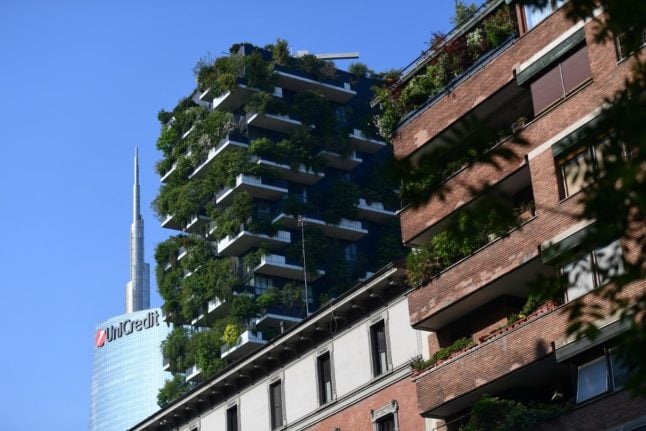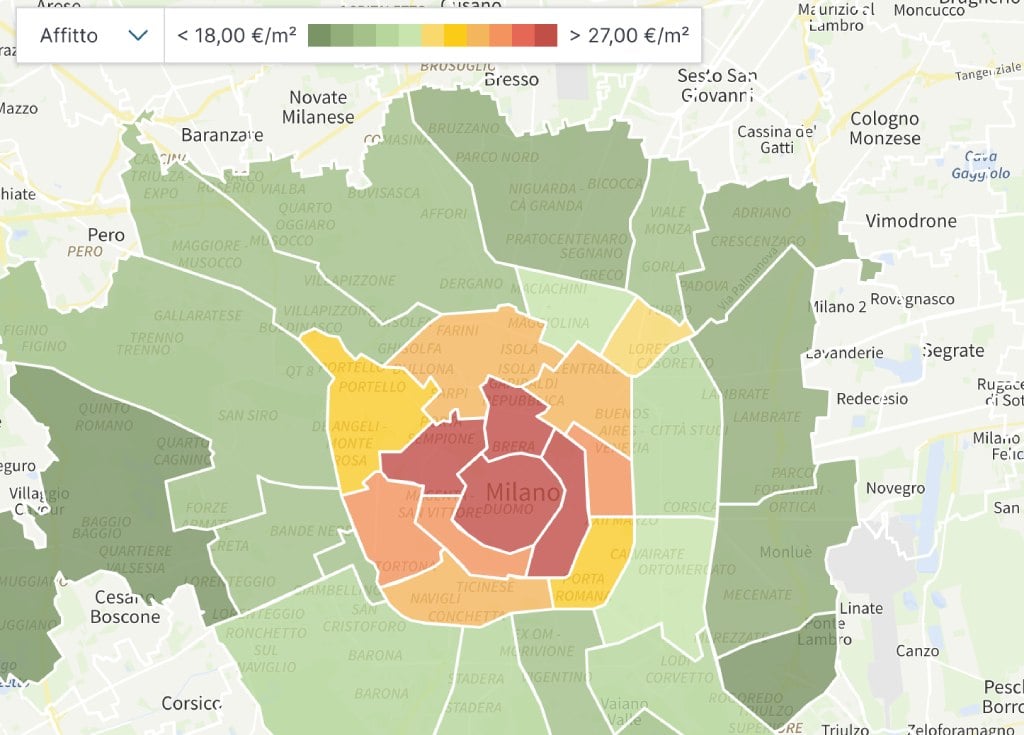Question: ‘Is my landlord in Italy legally entitled to increase my rent and is there any protection for tenants?’
As living costs keep rising across Europe, so do concerns about meeting them: in Italy, 57 percent of families are already having trouble paying their rent, according to a recent survey by consumer group Coop.
In an effort to help renters, several European countries – including Spain, France and Denmark – have recently brought in temporary caps on the amount by which landlords can increase prices, but Italy isn’t following suit.
So does that mean Italian landlords can also legally raise their tenants’ rents? And, if so, when and by how much?
Though there is no single law explicitly preventing landlords from increasing the rent, a number of rules (commonly known as ‘corpus normativo’ or ‘body of law’) stop owners from raising monthly fees after a contract has been signed by both parties, with only one legal exception.
READ ALSO: Ten things to expect when renting an apartment in Italy

Italy has two main types of residential rental contracts (‘contratti di locazione’ in Italian) available to renters and landlords: contratti di locazione a canone libero and contratti di locazione a canone concordato.
Under a canone libero contract, the monthly rent is negotiated and agreed upon between landlord and tenant, and the length of the agreement follows the standard ‘4+4’ formula.
That means the agreed rent is locked in for four years and, after the first four years, the agreement automatically renews for four more years, unless one of the parties chooses to terminate the contract (usually six months’ notice is required).
As for contratti a canone concordato, the monthly rent can never exceed a threshold agreed upon by formally recognised local landlord associations and tenant organisations – these thresholds vary by region.
Also, these contracts follow the ‘3+2’ formula, meaning that the tenancy agreement of interest automatically renews after the first three years unless one of the parties chooses to terminate it.
At no point over the course of either of the above agreements can the landlord raise the rent as, even when contracts are renewed for a further four or two years, the amount owed by the tenant must remain the same.
If an Italian landlord wishes to increase the rent, the only way he can do so is by terminating a contract – and the tenants must also agree to withdraw from the contract before its natural expiration – and then draw up and agree upon another agreement, this time with a higher monthly fee.
READ ALSO: These are the most expensive places to rent a room in Italy
There is one exception to this rule: landlords can revise the rent annually based on cost-of-living data provided by the Italian National Institute of Statistics (ISTAT), also known as ‘indici ISTAT’. This is an instrument that effectively allows landlords to protect their purchasing powers.
This can only happen under tenancy agreements in the canone libero category and is only legally acceptable if the original tenancy agreement expressly included a provision allowing for a yearly revision (adeguamento annuale). The landlord must also be under a certain tax regime.
If a contract does not include the above clause, then the landlord cannot legally review the rent on a yearly basis.

Annual revision
Every year, ISTAT estimates how much the average cost of living across the country has changed by analysing expenditures related to a number of sectors, from grocery shopping to utility bills to transport and healthcare costs. The resulting estimate is expressed in the form of a percentage value, commonly referred to as ‘indice ISTAT’.
READ ALSO: EXPLAINED: Do renters in Italy have the right to keep pets?
The annual rent revision is then calculated by means of the following formula:
Yearly rent x indice ISTAT / 100
For instance, suppose that a tenant’s yearly rent was 7,200 euros and the indice ISTAT for the year was 2 percent. By multiplying the yearly rent by the indice and then dividing the product by 100, the tenant would get an annual rent revision of 144 euros (equal to 12 euros a month).
Naturally, while the value of the yearly adeguamento can be calculated autonomously, there are a number of online services offering to do the maths for you, including ISTAT’s own platform, Rivaluta.





 Please whitelist us to continue reading.
Please whitelist us to continue reading.
Member comments